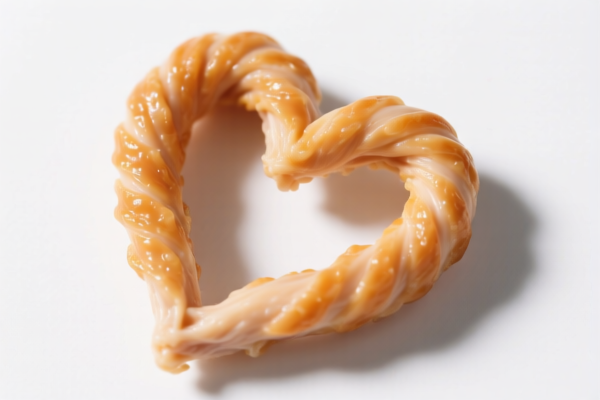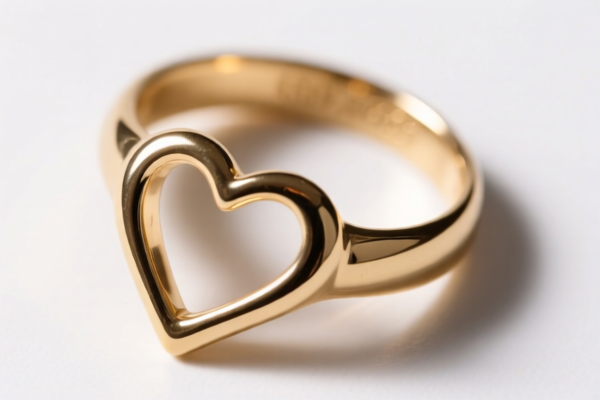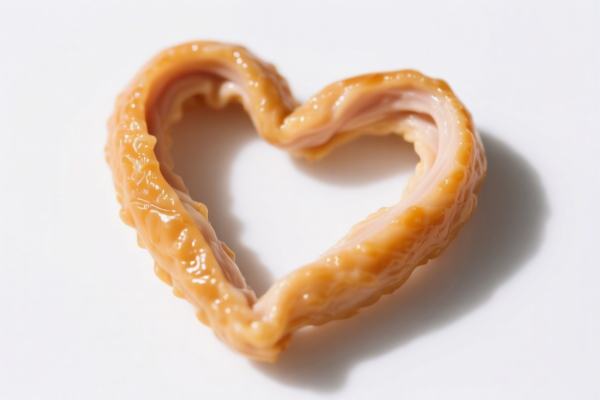| HS Code | Official Doc | Tariff Rate | Origin | Destination | Effective Date |
|---|---|---|---|---|---|
| 7113195025 | Doc | 43.0% | CN | US | 2025-05-12 |
| 7113195045 | Doc | 43.0% | CN | US | 2025-05-12 |
| 7115906000 | Doc | 59.0% | CN | US | 2025-05-12 |
| 7115903000 | Doc | 58.9% | CN | US | 2025-05-12 |
| 2301100000 | Doc | 55.0% | CN | US | 2025-05-12 |
| 2301200090 | Doc | 55.0% | CN | US | 2025-05-12 |
| 2942005000 | Doc | 58.7% | CN | US | 2025-05-12 |
| 2942003500 | Doc | 61.5% | CN | US | 2025-05-12 |
| 9601906000 | Doc | 37.5% | CN | US | 2025-05-12 |
| 9601908000 | Doc | 41.2% | CN | US | 2025-05-12 |
| 9606296000 | Doc | 57.9% | CN | US | 2025-05-12 |
| 9606220000 | Doc | 55.0% | CN | US | 2025-05-12 |




Chicken Heart Ring
A chicken heart ring is a type of jewelry, specifically a ring, characterized by its unique design resembling a chicken heart. It has gained popularity as a fashion accessory, particularly within specific subcultures.
Material:
- Silver: Sterling silver is a common material due to its affordability and malleability. Often oxidized to enhance detail.
- Gold: Available in various karats (10k, 14k, 18k, etc.). Higher karat gold offers a richer color and greater purity.
- Stainless Steel: A durable and hypoallergenic option, often plated with gold or black coating.
- Other Metals: Less commonly, brass or copper may be used, typically with plating for aesthetics and durability.
- Gemstones: Sometimes adorned with small gemstones like cubic zirconia, diamonds, or other stones to add sparkle or symbolism.
Purpose & Symbolism:
The chicken heart ring’s symbolism is complex and varies depending on the wearer and cultural context. It is frequently associated with:
- Rebellion & Non-conformity: Originally popular within punk and goth subcultures as a statement piece.
- Love & Affection: The heart shape inherently represents love, though the unconventional design adds a layer of complexity.
- Courage & Vitality: The heart is a symbol of life and strength.
- Dark Aesthetics: The somewhat macabre appearance appeals to those with an interest in darker fashion trends.
- Fetish/BDSM culture: It can hold specific meanings within this context, often relating to dominance and submission.
Function:
The primary function is as an ornamental accessory. It is worn on fingers as a fashion statement. It has no practical utility beyond aesthetics.
Usage Scenarios:
- Fashion Accessory: Worn as part of an outfit to express personal style.
- Subcultural Identification: Often used as a signifier of belonging to punk, goth, or alternative communities.
- Statement Piece: Used to draw attention and express individuality.
- Gift: Though less common, it can be given as a gift to someone who appreciates its symbolism or aesthetic.
Common Types:
- Classic Chicken Heart Ring: A detailed, anatomically-inspired heart design, often in silver.
- Simplified Chicken Heart Ring: A more stylized and less realistic heart shape.
- Gemstone-Studded Chicken Heart Ring: Features small gemstones embedded in the heart design.
- Double Chicken Heart Ring: Features two hearts connected, often symbolizing a relationship.
- Adjustable Chicken Heart Ring: Designed with an open band for adjustable sizing.
- Band Style: Rings with a thicker band incorporating the chicken heart motif.
Based on the provided information, “chicken heart ring” can be interpreted as jewelry made from animal material. Here are the relevant HS codes:
-
7113195025: This HS code falls under Chapter 71 ("Articles of jewelry and parts thereof"), specifically for articles of jewelry made of precious metal or metal clad with precious metal. The detailed breakdown is:
- 71: Articles of jewelry and parts thereof.
- 13: Of precious metal or of metal clad with precious metal.
- 19: Of other precious metal, whether or not plated or clad with precious metal.
- 50: Other.
- 25: Of ISO standard platinum: Rings.
- Note: This code applies if the ring is made of platinum. The tax rate is a base tariff of 5.5%, an additional tariff of 7.5%, and a tariff of 30.0% after April 2, 2025, resulting in a total tariff of 43.0%.
-
9601906000: This HS code falls under Chapter 96 ("Worked ivory, bone, tortoise-shell, horn, antlers, coral, mother-of-pearl and other animal carving material, and articles of these materials"). The detailed breakdown is:
- 96: Worked ivory, bone, tortoise-shell, horn, antlers, coral, mother-of-pearl and other animal carving material, and articles of these materials.
- 01: Other.
- 90: Of bone, horn, hoof, whalebone, quill or any combination thereof.
- 60: Other.
- Note: This code applies if the ring is made of bone, horn, or similar animal material. The tax rate is a base tariff of 0.0%, an additional tariff of 7.5%, and a tariff of 30.0% after April 2, 2025, resulting in a total tariff of 37.5%.
-
9601908000: This HS code also falls under Chapter 96 ("Worked ivory, bone, tortoise-shell, horn, antlers, coral, mother-of-pearl and other animal carving material, and articles of these materials"). The detailed breakdown is:
- 96: Worked ivory, bone, tortoise-shell, horn, antlers, coral, mother-of-pearl and other animal carving material, and articles of these materials.
- 01: Other.
- 90: Other.
- 80: Other.
- Note: This code applies if the ring is made of other animal carving materials not specifically mentioned. The tax rate is a base tariff of 3.7%, an additional tariff of 7.5%, and a tariff of 30.0% after April 2, 2025, resulting in a total tariff of 41.2%.
It is important to determine the primary material of the ring to select the correct HS code. If the ring incorporates both precious metal and animal material, further clarification regarding the dominant material may be required for accurate classification.
Customer Reviews
No reviews yet.